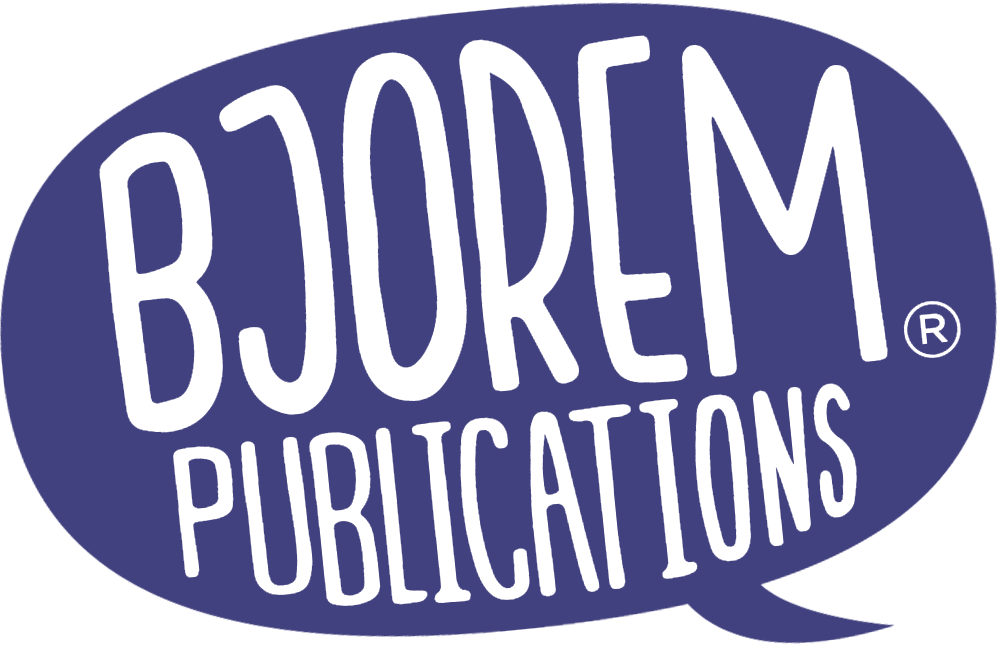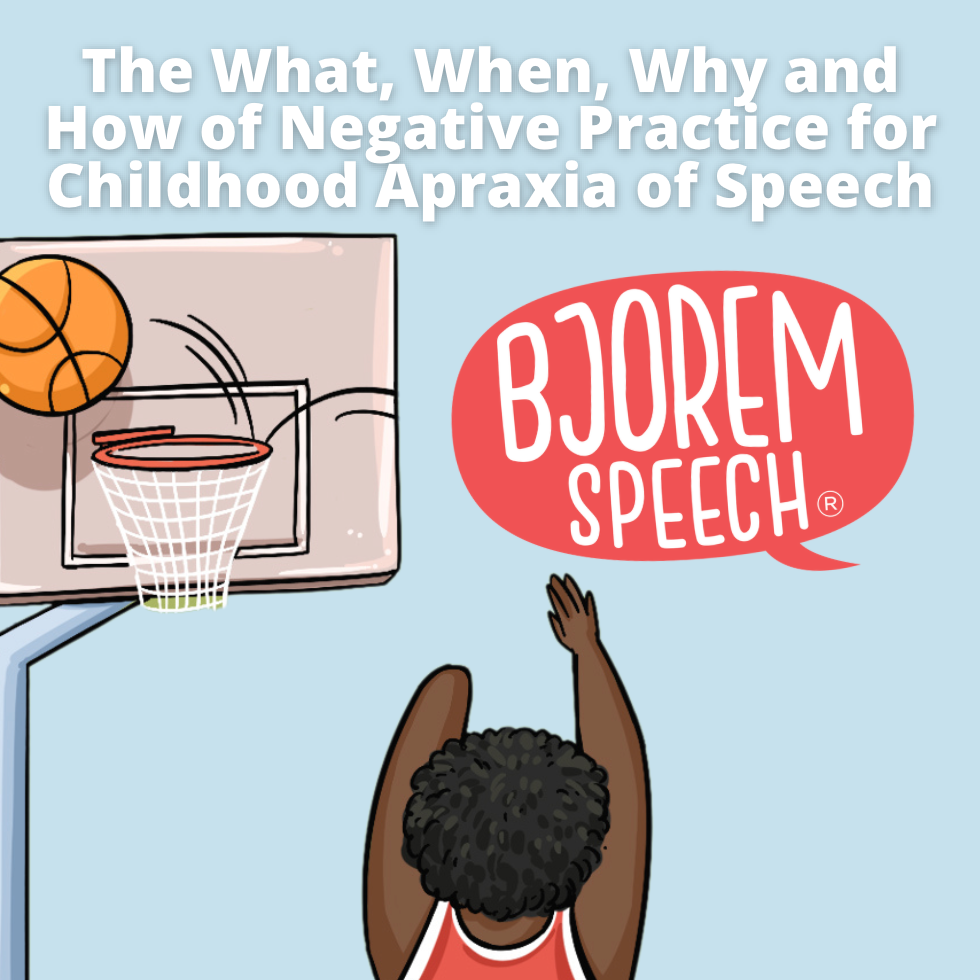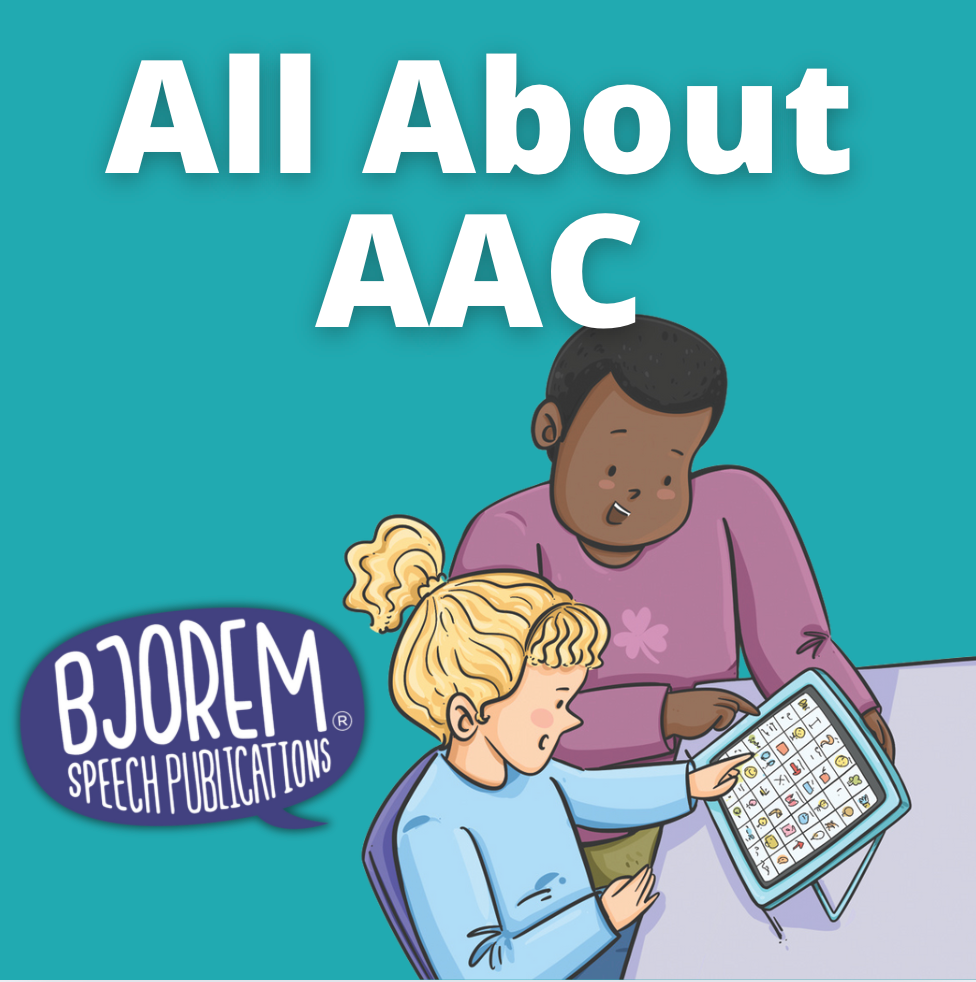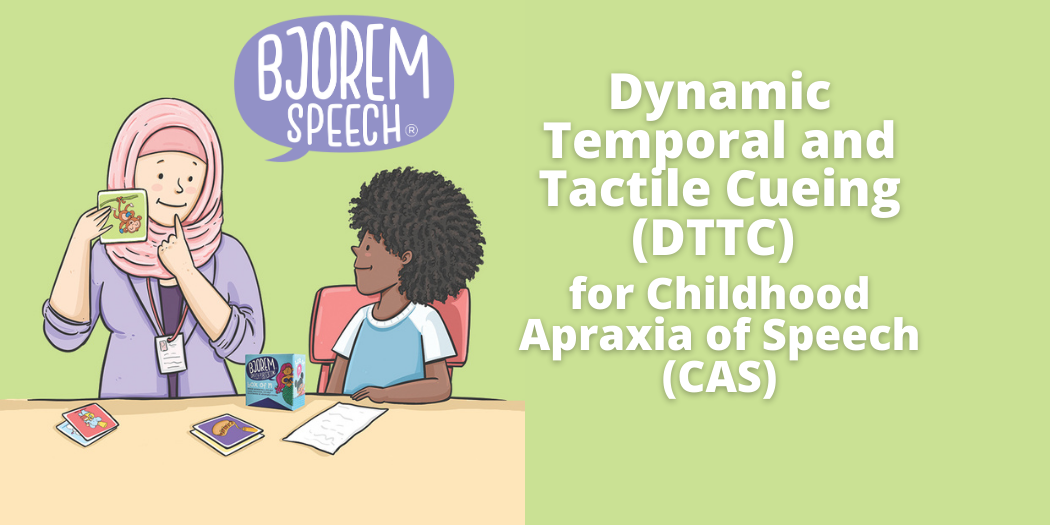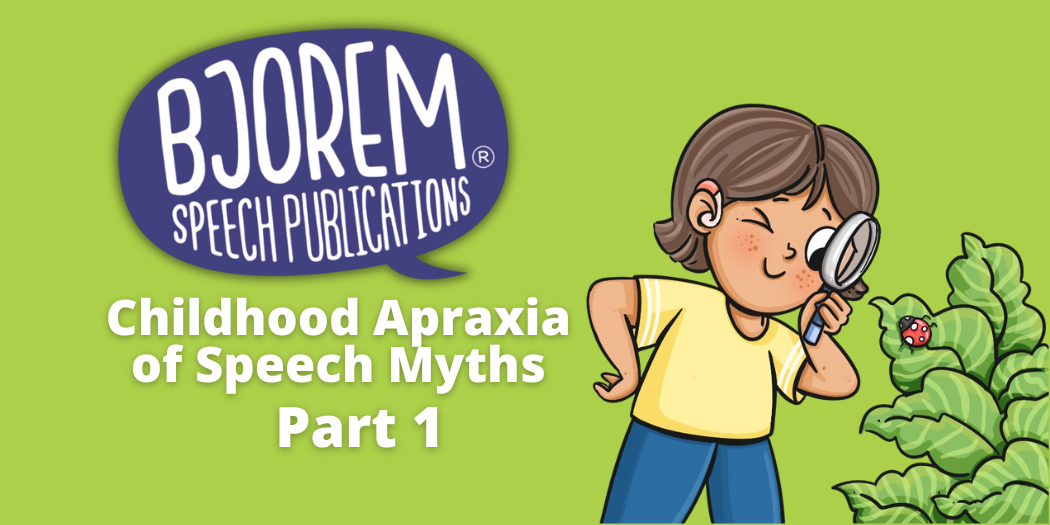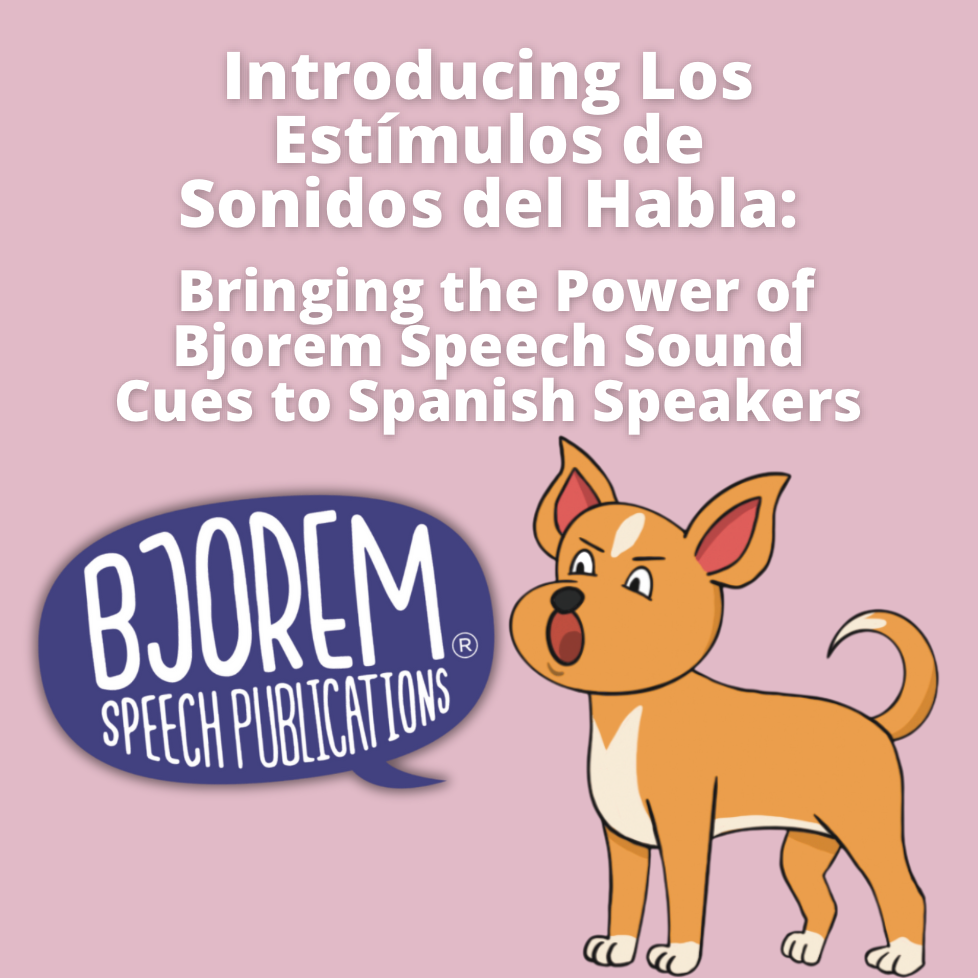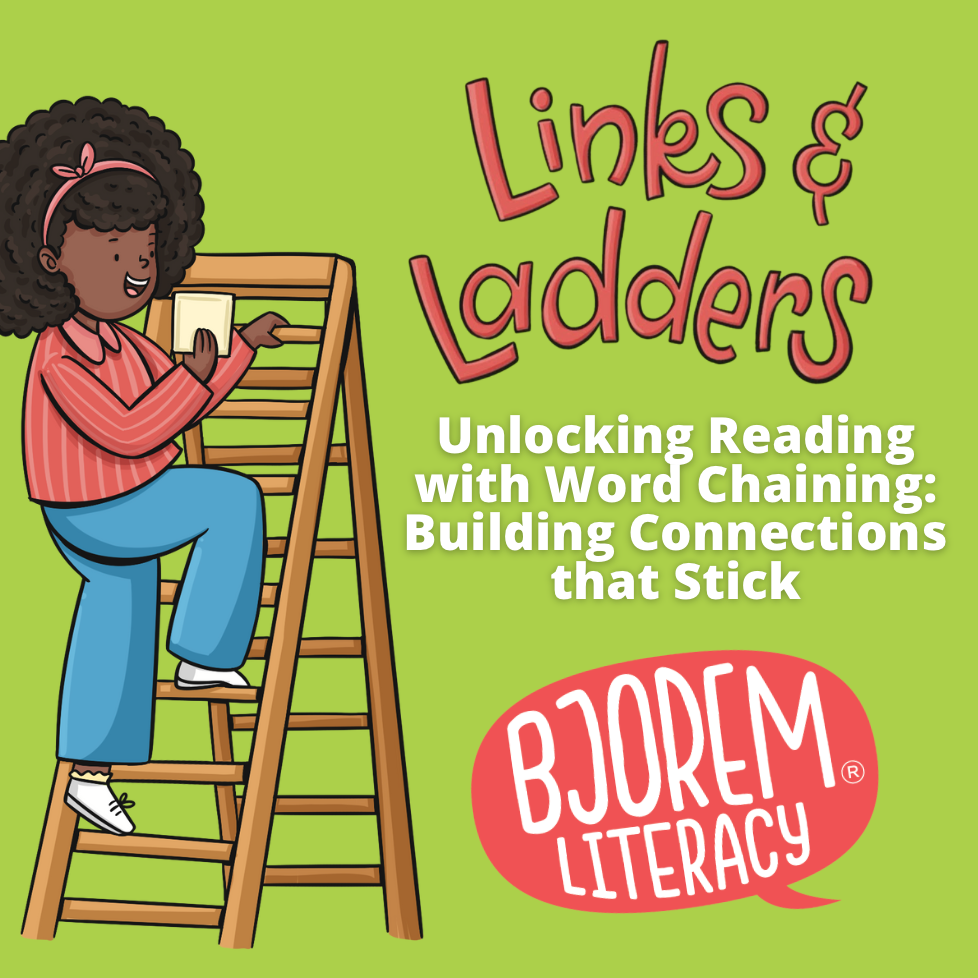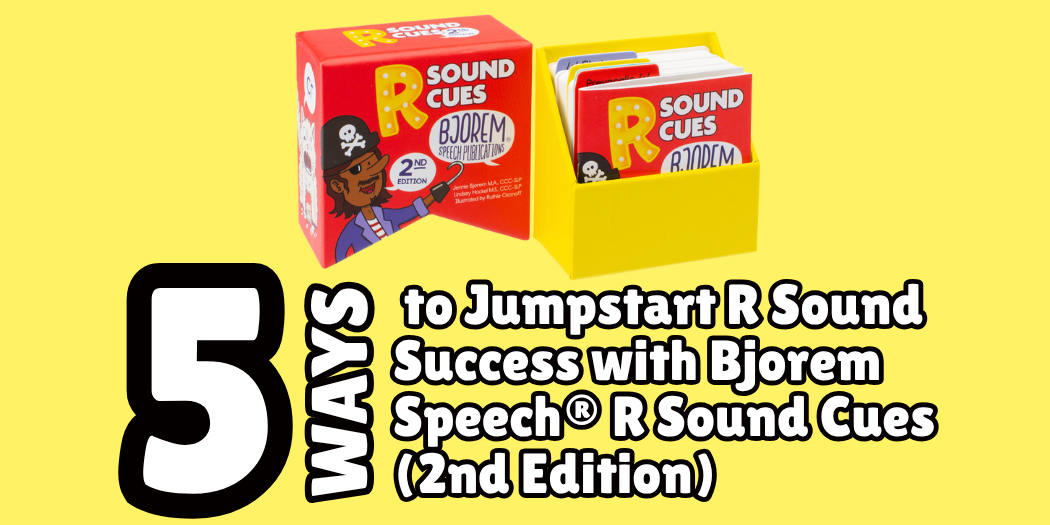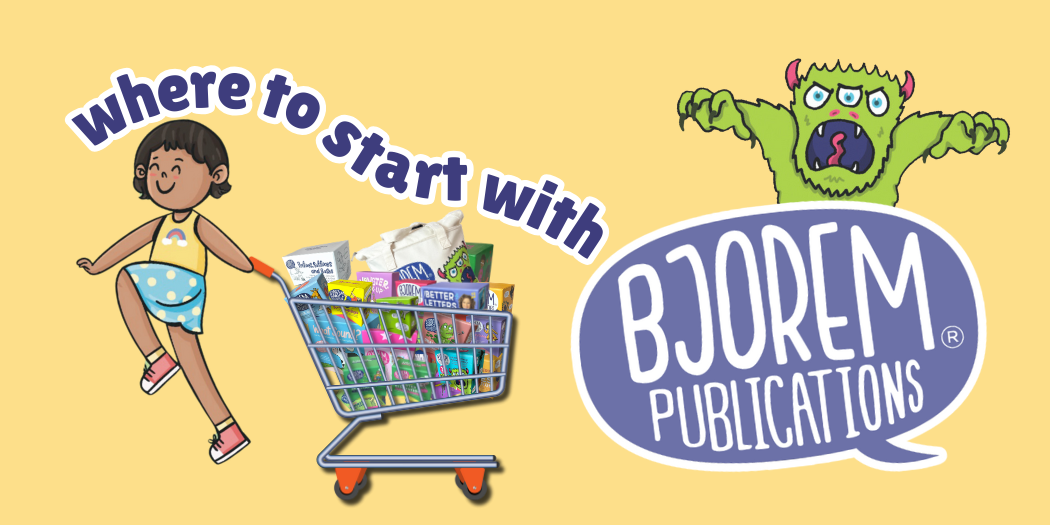
What ARE Facilitative Contexts?
Kelly Farquharson, Ph.D., CCC-SLP

Have you heard the phrase “facilitative contexts” buzzing around social media? What exactly ARE they, what do we use them for, and how do we identify them? Let’s get into it!
Facilitative contexts are - or are about to be - your best friend in speech sound therapy.
A facilitative context refers to a syllable or word that is linguistically structured such that the production of certain sounds is easier. The linguistic context of the word facilitates the production of a certain sound. By linguistic context, we mean the different phonemes (consonants and/ or vowels) in the word, or other features of the word like the number and type of syllables.
We really use facilitative contexts in a lot of ways in our daily lives. Have you ever parked close to the shopping cart return when parking at the grocery store? You created a context that facilitated your ability to return your cart when you were done shopping. Are your coffee mugs in a cabinet right above your coffee maker? Facilitative context. I ship a lot of packages, so I’ve started keeping a roll of packing tape and a pair of scissors in my car. This context facilitates my ability to stop at the post office when I’m able and to pack up boxes with ease.

How do they work for speech sound therapy?
To understand the dynamics of how facilitative contexts work for speech sound therapy, we need a firm understanding of voicing, place, and manner for consonants, and of tongue height, tongue advancement, and lip rounding for vowels.

Let's look at an example...
Here is a very simple example of how to use facilitative contexts to make the production of the /k/ sound easier. You can facilitate the /k/ by putting it in a word with a back vowel. The linguistic context of the back vowel is facilitative for /k/, because the place of production for /k/ is velar, which requires the tongue to be pulled back in the mouth.
Let’s dig a little deeper into the consonant /k/ - it is a voiceless, velar, stop. We need clinical reasoning to determine which kind of context would be facilitative for a particular child. The simple example above is not enough, because it does not take into account something SUPER important: the error that the child is making!
For many children, it is the place of articulation - velar - that makes it particularly challenging. A common substitution for /k/ is a /t/ (alveolar instead of velar). So, we can facilitate the velar place of articulation by pairing /k/ with a back vowel. However, it is possible that it is voicing that is in error, and /k/ becomes /g/. In this case, we do not necessarily need to use a back vowel, because the placement is not a problem. We are not needing to facilitate that tongue retraction. We need to facilitate voicelessness. One way to do this is to ensure that the other consonants in the word are also voiceless. A word like “cap” instead of “cab” would do the trick.

In some ways - stop consonants like /k/ are relatively easy to facilitate. Where it can get really tricky is with liquid consonants, /l/ and /ɹ/. This manner class of phonemes are named liquid because how we produce them is really flexible and dependent on the linguistic context. Just like an actual liquid, which takes the shape of the container that it is poured into, liquid consonants take the shape of the surrounding sounds. So, we when we produce the vocalic /ɔɹ/ as in “door” or “four”, our lips are rounded during the production of the /ɹ/ because of the rounded vowel /ɔ/ before it. Therefore, if we are trying a cue like “smile big” when trying to elicit the /ɔɹ/ sound, it won’t work - lip rounding is required to produce that sound naturally. Instead, if we are trying to lean in to the common cue of “smiling” when eliciting /ɹ/, then we need a linguistic context that will facilitate that mouth posture. In American English, all front vowels are unrounded - so, pairing a front vowel like /i/ with the /ɹ/ sound will be facilitative. Words like “read, reach, reek, reef” are all good options.

Where can you go from here?
If this sounds like a lot to process and think about - it is!! Clinical practice takes a lot of clinical reasoning and problem solving. But, I’ve also got good news for you - we’ve taken the guesswork out of facilitative contexts for the /ɹ/ sound for you! Check out the Facilitative Contexts & Inventory Bundle. The inventory is structured to help you identify which context is most facilitative and then it’s color-coded with the therapy deck. Once you identify the context for your child, just pick the same colored cards in the therapy deck and get to work! You will notice that there is not one specific context that is more facilitative for all kids - there is a lot of individual variability. Your clinical expertise and knowledge of phonetics, phonology, anatomy, and speech sound production are the best tools to use in treatment!
